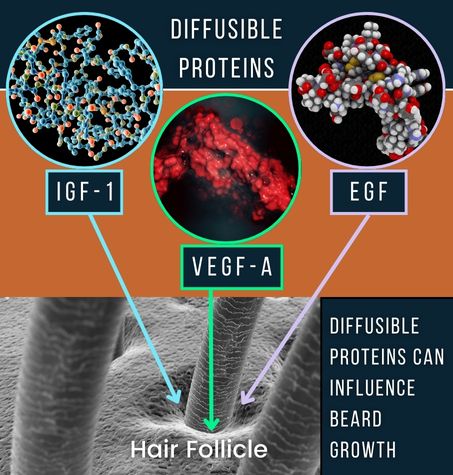
How Exercise Affects Testosterone
Regular exercise - especially lifting weights - gives your testosterone a short boost. That’s the hormone that nudges your beard to grow thicker and darker.
It doesn’t last all day, but guys who train regularly usually have steadier hormone levels overall. That means better conditions for your beard to do its thing.
It doesn’t last all day, but guys who train regularly usually have steadier hormone levels overall. That means better conditions for your beard to do its thing.










